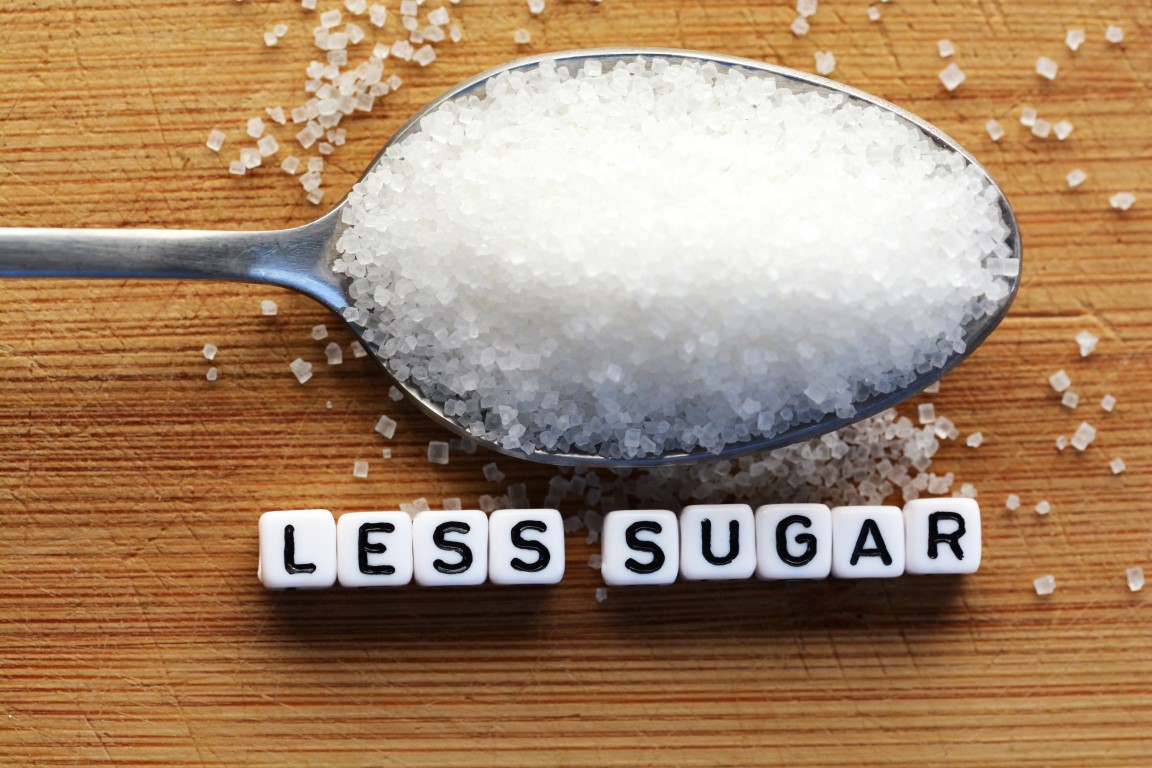
Sugar Reduction in Food Products
All major governments & health bodies have expressed concern at the obesity crisis in the Western world.
Obesity may bring with it serious health issues ranging from diabetes type 2, heart & circulatory diseases, strain on the skeletal system & cancer.
In recent years, manufacturers have come under increasing pressure to reduce the levels of sugars in our foods.
Some foods, such as occasionally luxury treats, may be considered exempt, but with the millennial generation who are generally more health conscious, even that position may change.
There are a range of methods for reducing sugars which are available. A number of questions arise which will help to decide on the correct options for a given product:
- Is the requirement to reduce sugars and carbohydrates, or sugars only. The latter may not reduce the nutritional value of foods.
- Is a reduction claim, on pack, part of the strategy? If so a 30% reduction is usually required by legislation.
- Is sugar a bulking agent i.e. a major structural component? e.g. boiled sweets, cake icings. Cakes.
- Is the keeping quality or shelf life dependent upon solutes such as sugars?
- Is there a process or packaging approach that would enable non-substitutional sugar reduction? e.g. hot fill & hermetic sealing. e.g. jams.
- How cost sensitive does the solution have to be? Research indicates most consumers would not expect to pay more than a 10% premium for healthier regularly consumed products.
- Some sugar replacers bring with them their own problems e.g. Polyols-laxation effects.
- What role can intense sweeteners play? e.g. Stevia, aspartame in soft drinks where keeping quality may not be an issue.
- If required, are preservatives an option to retain shelf life?
- Is reducing portion size an option?
- Alternative technologies such as aeration or increased aeration can retain volume whilst reducing overall ingredient e.g. ice cream or cake fillings.
- Emerging technologies such as that developed by Doux Matok which is FDA approved, is predicted to gain traction in 2018.
In future, it is likely that as consumers become more knowledgeable in sugar & health. Glycaemic index (GI) &, in particular, glycaemic load (GL) will become more predominant modes of description of foods. GL reflects the carbohydrate content & crucially, how quickly it impacts on blood glucose.
Sugar replacement is likely to be a hot agenda item for the next few years for many of the products consumed.
For more information or expert advice, contact Sweet Innovation.
